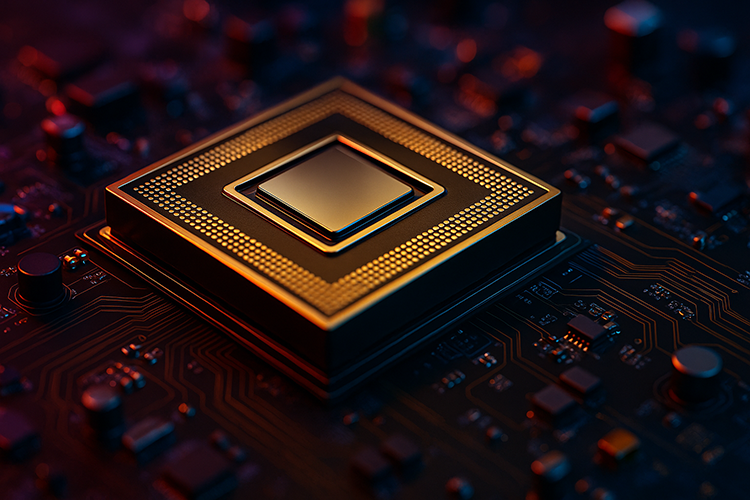2025-09-20
indicators

For years, Nvidia was best known among gamers for its powerful graphics cards. Today, it has become one of the most closely watched companies in the world, largely because of its central role in the artificial intelligence boom. Its hardware and software now power everything from generative AI models to supercomputers, making it a fixture in global business headlines. The company’s core strength lies in advanced processors designed to handle the enormous calculations behind modern AI. These chips are not only in high demand by tech giants building large language models but are also being deployed across industries from healthcare to finance. As a result, Nvidia’s data-center business now dwarfs its gaming segment, bringing in the bulk of its revenue. Recent moves underscore this pivot. The company has been acquiring technology, investing in cloud infrastructure, and building out its software ecosystem to lock in developers who want their systems to run efficiently on Nvidia hardware. Its dominance has created a powerful feedback loop: more developers rely on Nvidia’s tools, which in turn strengthens demand for its chips. But success has brought scrutiny. Regulators are keeping a close eye on the firm’s market power, particularly in China, where investigations into past acquisitions have resurfaced. Washington has also limited the export of high-end chips to Chinese customers, a policy that could dent sales in one of Nvidia’s biggest markets. Critics argue the company’s reliance on a single growth engine—AI infrastructure—makes it vulnerable if demand slows or competitors catch up. Others warn about the environmental impact of the energy-hungry systems its chips enable. Even so, enthusiasm remains high. The continued surge in AI adoption means Nvidia’s products are often sold out before they leave the factory. Investors and bloggers alike note that while competitors such as AMD and Intel are racing to close the gap, Nvidia still offers the performance and developer ecosystem that make it hard to dislodge. Nvidia’s strategy appears straightforward: expand its lead in AI computing, deepen its ties with cloud providers and enterprises, and turn its software platform into an indispensable layer for AI development. Whether that path will sustain its breakneck growth—or invite tougher competition and regulatory limits—remains one of the most important questions in global technology today.

